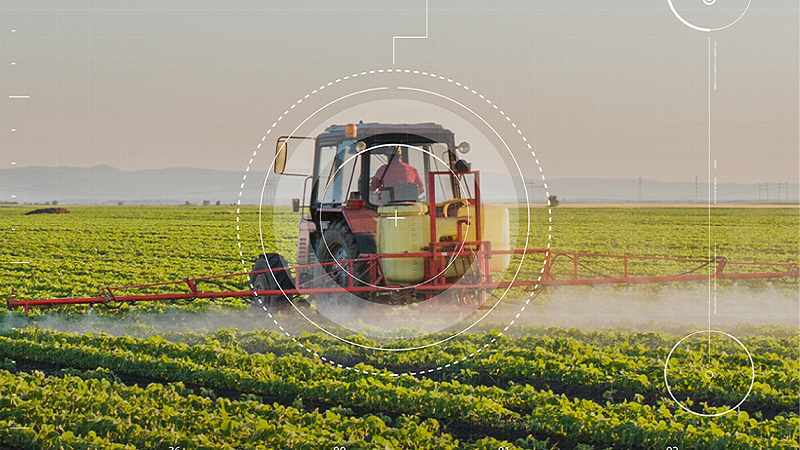Note
Access to this page requires authorization. You can try signing in or changing directories.
Access to this page requires authorization. You can try changing directories.
The program combines an affordable micro:bit-based hardware kit with free curated curriculum and activities designed to give students hands-on experience with precision agriculture. Activities are designed to give students direct experience with topics like digital sensors, data analysis, and artificial intelligence (AI).
FarmBeats for Students can be run using any device with a web browser, making it easily accessible for everyone.
Get Started – FarmBeats for Students micro:bit version
Step 1 - Download the free curriculum and activities.
- Section 1: Gathering Data through Sensors with micro:bit (suitable for grades 6+/ages 11+)
- Section 2: Analyzing Big Data (suitable for grades 9+/ages 14+)
- Section 3: Unlocking Data Insights with AI (suitable for grades 9+/ages 14+)
Step 2 -Purchase affordable hardware kits.
This video features the Raspberry Pi hardware from a previous version of FarmBeats for Students.
Program overview
Activities are designed to give students direct experience with topics like digital sensors, data analysis, and artificial intelligence (AI). FarmBeats for Students empowers educators to inspire their students with exciting possibilities at the intersection of technology, agriculture, and sustainability.
Section 1: Gathering data through sensors
Students assemble a simple plant monitoring kit, consisting of a micro:bit equipped with environmental sensors. Using MakeCode and the kit, students gather data about the health of their crops, analyze their sensor data, and construct a system to react to environmental conditions. The kit enables them to gather data about their plants and view it live in Microsoft MakeCode.
Section 2: Analyzing "big data"
Next, students are introduced to data visualization tools in Excel. They engage with big data sets to extract intelligence and make decisions about the best locations for a greenhouse.
Section 3: Unlocking data insights with AI
Finally, students explore AI by building their own machine learning models, which help detect nutrient imbalances in their plants and identify pests in their garden. The activities also introduce the Microsoft Responsible AI principles and present discussions around some of the benefits and challenges raised by AI.

Alignment to academic standards
The FarmBeats for Students curriculum is aligned to AI4K12’s AI education guidelines that define what every student should know about AI. The curriculum is also aligned to these standards, agricultural concepts, and performance objectives:
- Computer Science Teachers Association (CSTA) Standards
- National Agriculture, Food & Natural Resources (AFNR) Career Standards
- Next Generation Science Standards (NGSS)
- Common Core State Standards Math Standards
Other resources
FarmBeats for Students YouTube playlist: Visit the FarmBeats for Students YouTube playlist to learn to bring precision agriculture activities into your classroom. These short training videos support classroom implementation. View the playlist.
FarmBeats for primary school: Microsoft Dream Space TV Code Green is the latest series from the Dream Space TV crew! This free hands-on educational resource uses FarmBeats for Students and is designed to empower students to take charge of sustainability in their schools using the micro:bit, MakeCode, and basic classroom supplies. Suitable for grades 3rd-6th / ages 8-11. Learn more.
Integrate other hands-on STEM projects into your classroom: Try projects such as analyzing windspeed, increasing power with wind turbines, or measuring water quality. Learn more.
Use the Excel workbook in Microsoft Teams: Create an assignment (FarmBeats for Students) in Microsoft Teams for Education and assign the Excel workbook to individual or small groups of students in a class. Groups turn in one copy of the assignment that is graded separately or together. Learn how.
Go deeper with FarmBeats for Students: For advanced users looking to build off the FarmBeats for Students Raspberry Pi platform, the codebase and technical documentation are available in an open-source repository on GitHub. Access the repository.